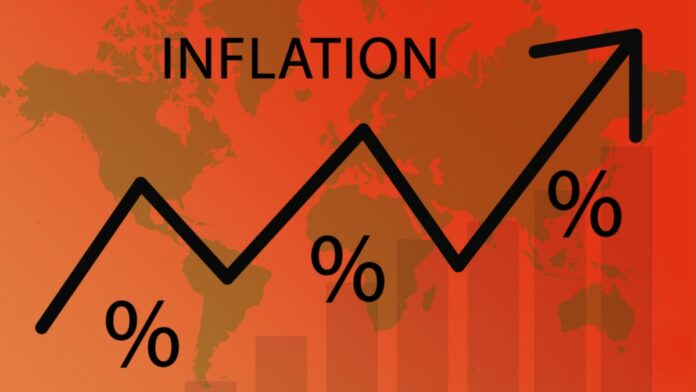Spending by households is becoming gradually more constrained, and some businesses are preparing for an economic collapse. The consumers who kept the American economy afloat during the pandemic are beginning to falter.
Companies and the government have provided present-day evidence during the last week that household spending is becoming increasingly constrained. Families are reducing their purchases of goods like electronics and furniture while the cost of necessities like food and gasoline has increased. As personal incomes are getting adjusted for inflation and taxes, consumer spending in June increased to a level not seen in four decades because of inflation.
Due to altered consumption patterns and difficulties with price collection, the coronavirus (COVID-19) pandemic has made it tough to estimate consumer price inflation. When calculating consumer price inflation, the epidemic has produced two difficulties. First, significant changes in household purchasing habits were brought on by the epidemic, which is not represented in the combined consumer price indices. Second, because the lockdown had an impact on price collecting, it was necessary to impute the missing observations.
The disparity between the Harmonized Index of Consumer Prices (HICP) and the rise in prices for the products and services that consumers buy are covered in this section. The box also covers the impact of public HICP statistics on imputation.
The consumption weights used to calculate the HICP are held constant over a given calendar year. Individual item price changes are weighted when calculating the HICP using household consumption proportions that were predetermined for the calendar year. This matches HICP’s intended application, which is to estimate pure price changes without considering changes in household consumption patterns. The HICP weights are estimated on national accounts data from prior years, which have been changed to be more accurate representations of consumption shares from the previous year. For instance, this implies that the 2020 HICP weights primarily reflect household spending in 2018.
A growing body of work examines significant changes in household spending brought on by pandemics and discusses how these changes affect inflation. Several studies have found significant shifts in expenditure across product categories using high-frequency data. The gap between declared consumer price indices and the inflation rate of goods that people buy has been measured using these time-varying expenditure shares.
Follow and connect with us on Facebook, LinkedIn & Twitter

